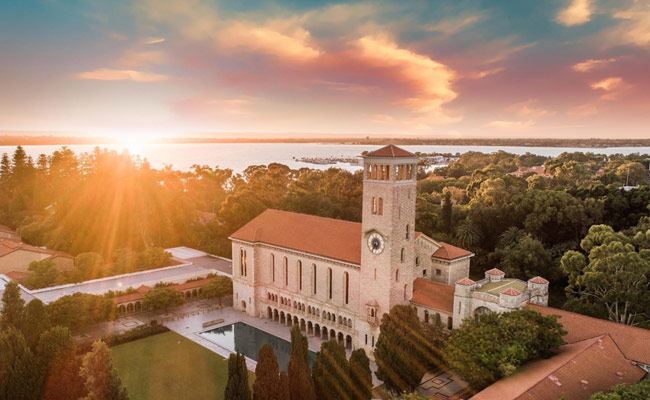Pioneering Review Report Shows Intricate Cell-environment Connection
A pioneering review article has shed new light on the intricate connection between cells and the environment they exist in, expanding our understanding of the physical aspects of cell biology.
“This is important because conventional methods, such as culturing cells on plastic surfaces, don’t accurately replicate the conditions found in the human body.”
Dr Yu Suk Choi
The article was published in the journal Cell Stem Cell and authored by Dr Yu Suk Choi, from The University of Western Australia’s School of Human Sciences, along with leading figures in the field of mechanobiology from Stanford University and the University of California in San Diego, and has the potential to transform our approach to studying cell behaviour.
The team found mimicking the characteristics and conditions of the ‘mechanical microenvironment’ of tissue in experimental settings, including its stiffness, elasticity and other physical properties, can help scientists better understand how cells responded and behaved in their natural environment.
“This is important because conventional methods, such as culturing cells on plastic surfaces, don’t accurately replicate the conditions found in the human body – most cells in our bodies don’t touch anything like plastic,” Dr Choi said.
He said by reproducing a more real microenvironment, researchers could investigate and analyse cell responses, gaining insights into how they change and make decisions regarding their fate, such as changing into specific cell types or other cellular behaviours.
Dr Choi said this was particularly true of stem cells; unique cells with the ability to change into various specialised cell types and to self-renew, holding enormous potential for regenerative medicine and understanding development and disease.
“Stem cells showed a capability of sensing different mechanical properties of tissue in a similar way to how we can detect differences between plush and firm bed mattresses by pressing down with our hands, a mechano-sensitivity that could control how they stem cells become different cells,” he said.
“By developing biomaterials replicating mechanical side of tissue in diseases such as cancer, we will be able to identify more targets for new therapies such as mechanotherapy, a platform which also could be used to boost the regeneration of tissues.”
Dr Choi and his team are currently working on various projects to replicate the mechanical properties of diseased tissues including the heart, airway, breast cancer, pancreatic cancer and blood vessel to understand how cells feel those microenvironments.
The review, which took place with Professor Ovijit Chaudhuri from Stanford University and Professor Adam Engler from the University of California, was funded in part by an ARC Discovery Grant and the Department of Health in Western Australia.

